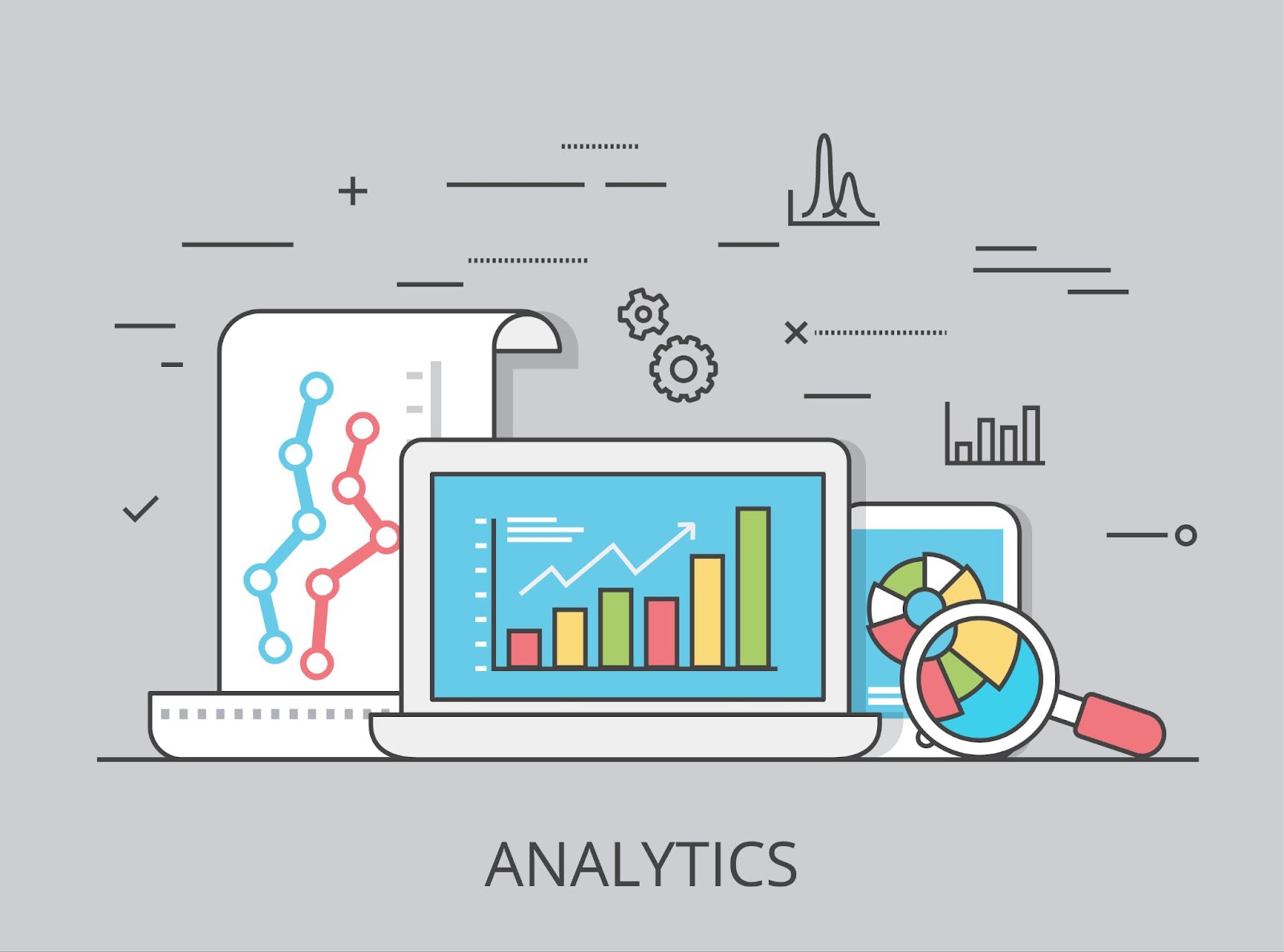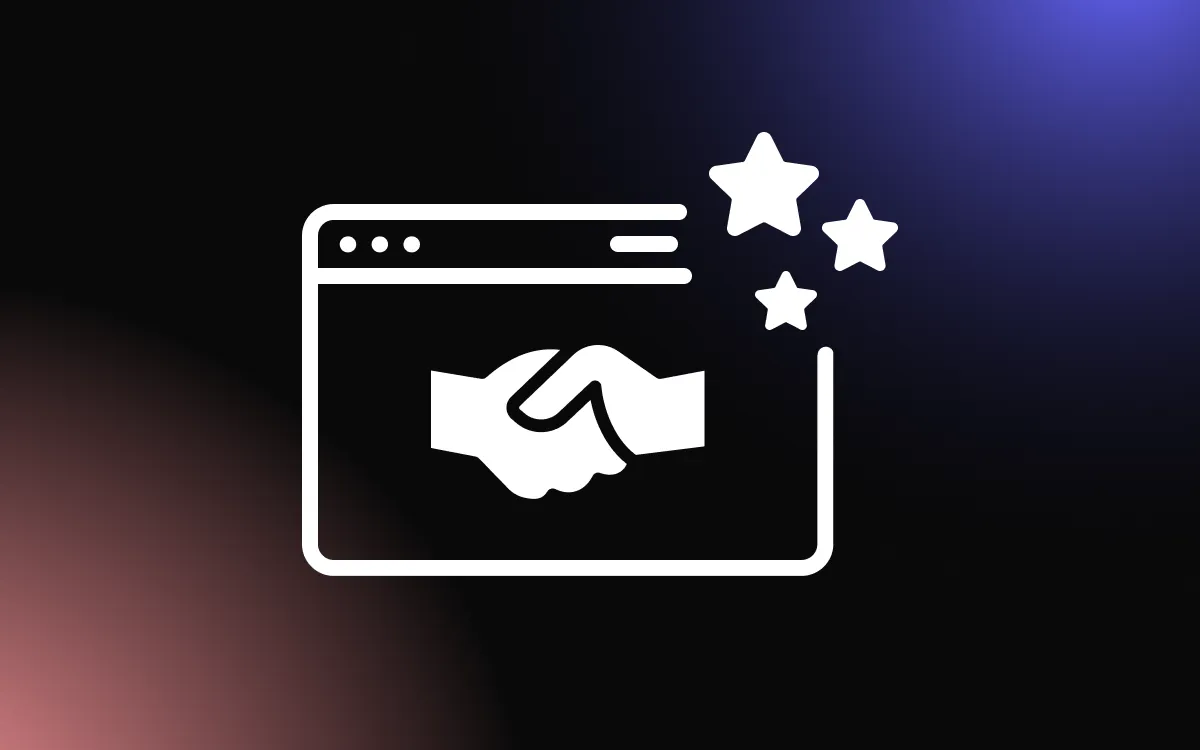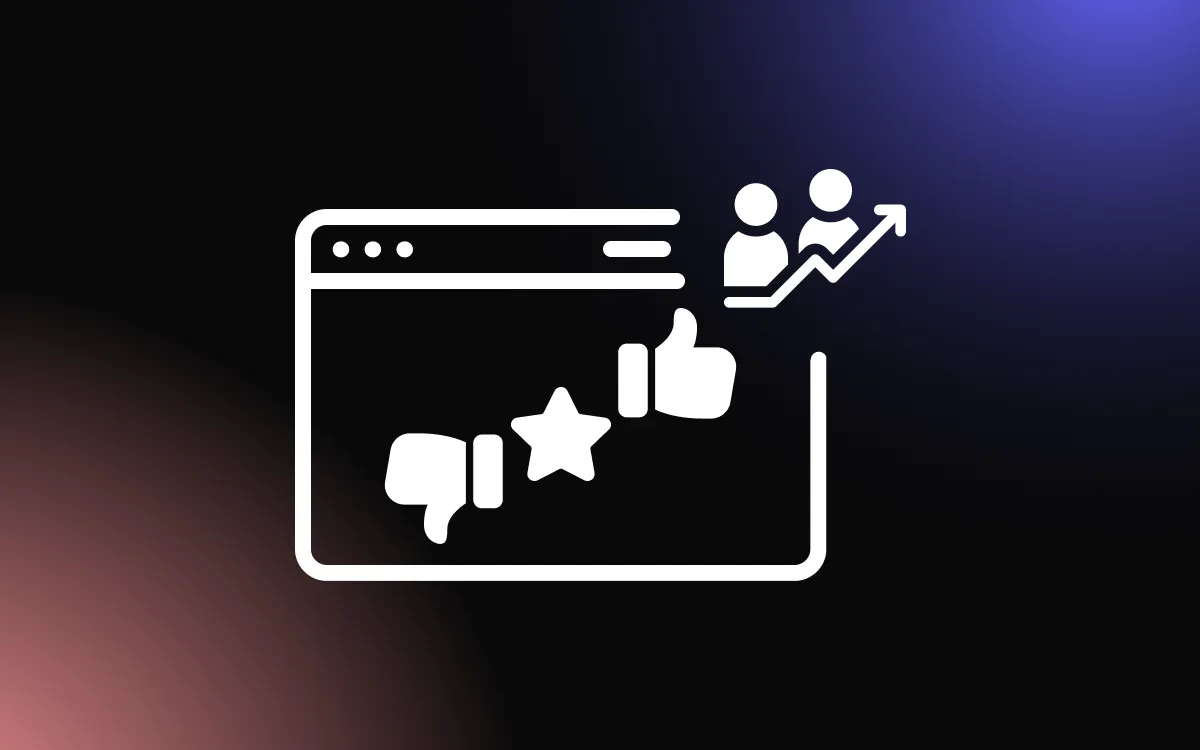
Promoting a product effectively is crucial for boosting sales and increasing brand awareness in a competitive market. However, standing out and capturing your audience’s attention requires more than just showcasing your product; it demands a strategic approach that aligns marketing channels, content, and promotional efforts.
From leveraging social media campaigns to utilizing influencer partnerships and creating compelling content, there are various ways to enhance your product promotion efforts.
This article will explore proven strategies for boosting sales and brand awareness through effective product promotion, ensuring that your message resonates with your target audience and drives results.
Fundamentals of Effective Product Promotion
To successfully promote a product, it’s essential to understand your target market and set clear promotional goals. These fundamentals lay the foundation for creating targeted and impactful marketing strategies that resonate with your audience and drive results.
Understanding Your Target Market
Knowing your target market is the first step in effective product promotion. Understanding who your customers are, their preferences, pain points, and behaviors helps tailor your messaging and promotional efforts. Conduct market research through surveys, social media analytics, or customer feedback to gather insights into their needs.
By segmenting your audience based on demographics, interests, and purchasing behavior, you can create personalized campaigns that speak directly to their needs, increasing engagement and conversion rates.
Setting Clear Promotion Goals
Establishing clear, measurable goals is essential for successful product promotion. Goals might include increasing sales, boosting brand awareness, or expanding customer loyalty.
Setting specific targets, such as achieving a certain percentage increase in sales within a time frame or gaining a defined number of new leads, helps track progress and measure the effectiveness of your campaigns.
Clear goals guide the development of strategies, ensuring that every marketing action is aligned with the overall objective, leading to better results and improved promotional outcomes.
Key Strategies for Increasing Sales
Boosting sales requires a combination of strategic offers, promotional tactics, and personalized selling approaches. By offering limited-time discounts, utilizing cross-promotion techniques, and implementing upselling and cross-selling strategies, businesses can effectively increase sales and maximize revenue opportunities.
Offering Limited-Time Discounts
Limited-time discounts create a sense of urgency, encouraging customers to make quick purchasing decisions.
Promotions like flash sales, seasonal discounts, or special holiday offers capitalize on the fear of missing out (FOMO), motivating customers to act immediately. For example, offering a “24-hour flash sale” or a “weekend special” can drive immediate traffic and sales. These promotions are particularly effective when advertised through email campaigns, social media, and on your website’s homepage.
Highlighting the time-sensitive nature of the discount with countdown timers or bold calls-to-action (CTAs) can further enhance urgency and boost conversion rates.
Utilizing Cross-Promotion Techniques
Cross-promotion involves partnering with complementary businesses or leveraging multiple channels to promote products. This strategy increases exposure by reaching a broader audience that may not be familiar with your brand.
For instance, collaborating with a related business to offer bundled deals or exclusive discounts benefits both parties, attracting each other’s customers.
Additionally, using social media platforms, email marketing, and website banners simultaneously ensures your promotions reach customers through various touchpoints, reinforcing the message and driving more sales.
Implementing Upselling and Cross-Selling Strategies
Upselling and cross-selling are effective techniques for increasing the average order value (AOV). Upselling encourages customers to purchase a higher-end version of the product they’re interested in, while cross-selling suggests complementary products that enhance their purchase.
For example, if a customer is buying a laptop, offering an upgraded version with better features or suggesting related accessories like laptop bags or headphones can boost sales.
Personalized product recommendations through email, in-cart suggestions, or product page widgets help guide customers towards these options, increasing the likelihood of additional purchases.
Enhancing Brand Awareness Through Marketing
Building brand awareness is essential for long-term business success, and an effective marketing strategy can help elevate your brand’s visibility and reputation. By leveraging social media platforms, engaging in content marketing, and participating in industry events and trade shows, businesses can create a strong presence and connect with their target audience.
Leveraging Social Media Platforms
Social media is a powerful tool for enhancing brand awareness, as it allows businesses to reach and engage with a large, diverse audience.
Platforms like Instagram, Facebook, LinkedIn, and Twitter provide opportunities to showcase your brand’s personality, share updates, and interact with customers directly. Posting visually appealing and relevant content — such as product photos, behind-the-scenes stories, and customer testimonials — helps create a connection with followers.
Collaborating with influencers or running targeted ads can further amplify your reach, introducing your brand to new audiences and expanding your visibility.
Engaging in Content Marketing
Content marketing is a strategic approach that involves creating valuable, relevant content to attract and engage your target audience. By publishing blog posts, videos, infographics, and newsletters, businesses can establish themselves as industry experts and build trust with potential customers.
For example, offering how-to guides, expert tips, or case studies demonstrates your brand’s expertise while providing value to your audience. Regularly updating your website with SEO-optimized content also improves your search engine rankings, making your brand more discoverable.
Consistent content marketing not only drives traffic but also fosters a loyal community around your brand.
Participating in Industry Events and Trade Shows
Industry events and trade shows are excellent opportunities to increase brand visibility and establish your presence within your sector.
Attending or exhibiting at these events allows you to network with industry professionals, showcase your products, and meet potential customers face-to-face. Sponsoring events or hosting workshops further positions your brand as a leader in the field, helping to build credibility.
Following up with attendees through social media and email campaigns after events also helps maintain connections, turning leads into long-term customers.
Digital Tools and Platforms for Promotion
Utilizing digital tools and platforms is essential for effective product promotion in today’s market. Email marketing campaigns and paid advertising on search engines and social media are two powerful methods for reaching target audiences and driving conversions.
Email Marketing Campaigns
Email marketing remains one of the most effective tools for reaching customers directly. Platforms like Mailchimp, Constant Contact, and Sendinblue allow businesses to create, automate, and track email campaigns.
These tools help segment audiences, ensuring that each group receives personalized and relevant content, such as exclusive offers, new product announcements, or personalized recommendations based on past purchases. Automated email sequences, like welcome series or cart abandonment reminders, are designed to nurture leads and encourage conversions.
With robust analytics features, these platforms also provide insights into open rates, click-through rates, and engagement metrics, helping businesses refine their strategies for better results.
Paid Advertising on Search Engines and Social Media
Paid advertising on search engines like Google and social media platforms such as Facebook, Instagram, and LinkedIn allows businesses to reach highly targeted audiences.
Google Ads enables businesses to display ads based on specific keywords, ensuring they appear when users search for relevant terms.
Social media platforms, in turn, offer precise targeting options based on demographics, interests, and online behavior, making it easy to reach potential customers who are likely to engage.
With customizable ad formats—like image ads, video ads, and carousel ads—businesses can create visually appealing campaigns that drive traffic, generate leads, and increase sales.
Performance tracking tools within these platforms allow for real-time monitoring and adjustment, optimizing ad spend and maximizing returns.
Measuring the Impact of Your Promotional Efforts
To ensure the effectiveness of promotional campaigns, it’s essential to measure their impact using key performance indicators (KPIs) and analytics tools. Monitoring these metrics helps businesses understand what works, optimize strategies, and achieve better results.
Key Performance Indicators (KPIs)
KPIs are measurable values that indicate the success of your promotional efforts. Common KPIs for marketing campaigns include conversion rates, click-through rates (CTR), return on ad spend (ROAS), and customer acquisition cost (CAC).
These metrics help gauge the effectiveness of different campaigns, such as paid ads, email marketing, or social media promotions. Tracking KPIs allows businesses to understand which channels and strategies yield the best results, making it easier to allocate resources efficiently.
Using Analytics to Track Success and Make Adjustments
Analytics tools like Google Analytics, Facebook Insights, and Mailchimp Reports provide in-depth data on user behavior, engagement, and conversions. By analyzing these metrics, businesses can identify patterns and trends, determining which elements of a campaign resonate with their audience.
This data-driven approach enables marketers to make real-time adjustments, such as refining ad copy, targeting, or email timing, ensuring campaigns stay effective and achieve maximum ROI.
Conclusion
In conclusion, successful product promotion is essential for driving sales and expanding brand awareness. This article has outlined several strategies, including social media campaigns, influencer collaborations, and content marketing, to help you effectively reach your target audience.
By implementing these tactics, you can increase your brand’s visibility, engage potential customers, and convert interest into sales. Investing in well-planned and creative product promotion strategies is key to standing out in a competitive market and achieving long-term business growth.


